You can use a CTE to gather up the data while rotating the phone numbers into a comma separated list. It may not be efficient, but it is a handy trick.
The following runs on AdventureWorks2008R2, though you'll need to stuff some extra data in the Person.PersonPhone table to create multiple phone numbers for a single person/number type.
; with PersonsWithTelephoneNumbersCTE (
BusinessEntityId, FirstName, MiddleName, LastName,
PhoneNumberTypeId, PhoneNumber, PhoneNumbers, Elements )
as (
-- Base case: Just the person identifications with all possible phone types.
select BusinessEntityID, FirstName, MiddleName, LastName, PhoneNumberTypeId,
cast( '' as NVarChar(25) ), cast( '' as VarChar(MAX) ), 0
from Person.Person as PP cross join
Person.PhoneNumberType as PNT
union all
-- Add a telephone number.
select CTE.BusinessEntityId, CTE.FirstName, CTE.MiddleName, CTE.LastName,
PNT.PhoneNumberTypeID, PN.PhoneNumber,
cast( CTE.PhoneNumbers + ', ' + PN.PhoneNumber as VarChar(MAX) ), CTE.Elements + 1
from PersonsWithTelephoneNumbersCTE as CTE inner join
Person.Person as PP on PP.BusinessEntityID = CTE.BusinessEntityId inner join
Person.PhoneNumberType as PNT on PNT.PhoneNumberTypeID = CTE.PhoneNumberTypeId inner join
Person.PersonPhone as PN on PN.BusinessEntityID = CTE.BusinessEntityId and PN.PhoneNumberTypeID = PNT.PhoneNumberTypeID
where PN.PhoneNumber > CTE.PhoneNumber
)
-- Get the person and the longest list of phone numbers for each person/phone type.
select LastName, FirstName, MiddleName,
(select Name from Person.PhoneNumberType where PhoneNumberTypeID = Edna.PhoneNumberTypeID ) as PhoneNumberType,
substring( PhoneNumbers, 3, len( PhoneNumbers ) - 2 ) as PhoneNumbers from (
select BusinessEntityID, FirstName, MiddleName, LastName, PhoneNumberTypeId, PhoneNumbers,
rank() over ( partition by BusinessEntityId, PhoneNumberTypeId order by Elements desc ) as Ranking
from PersonsWithTelephoneNumbersCTE
) as Edna
where Ranking = 1 and PhoneNumbers <> ''
order by LastName, FirstName, MiddleName, PhoneNumberType



